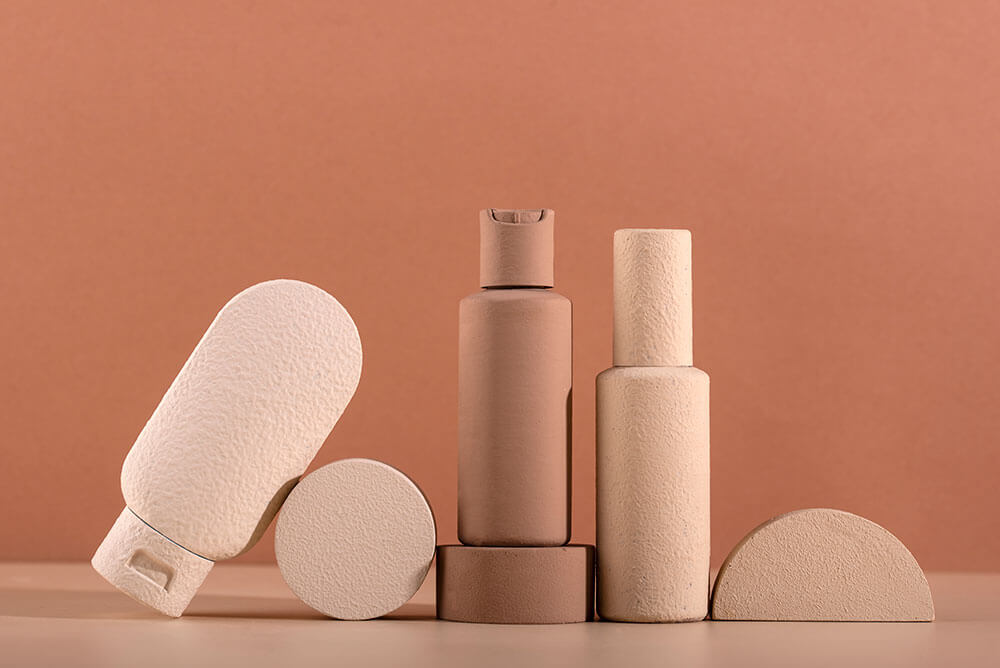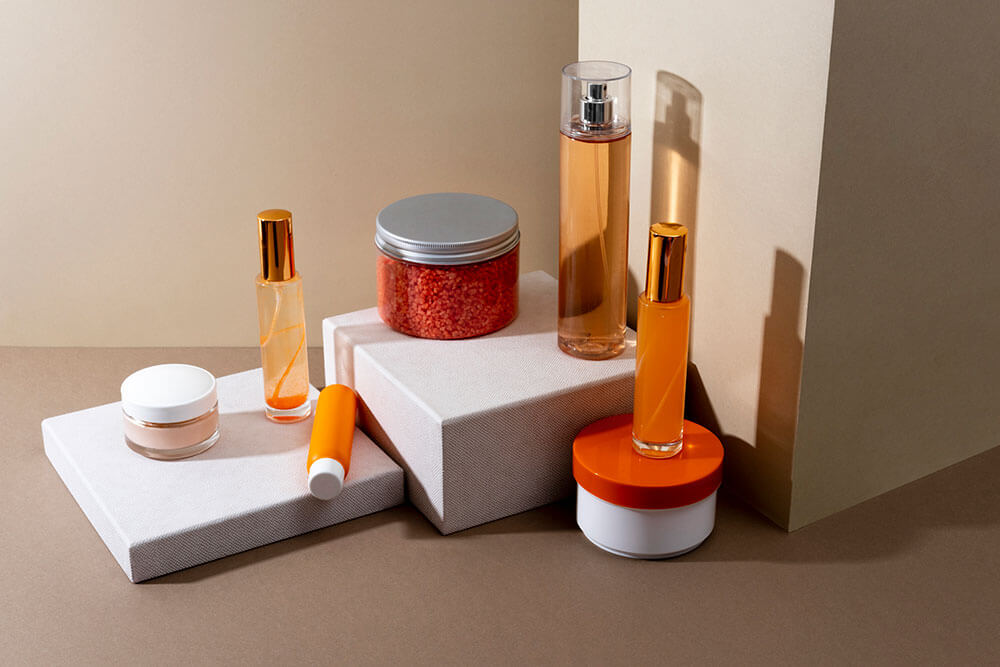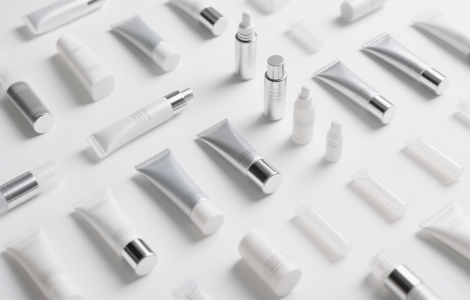Cosmetic products play a significant role in enhancing personal beauty and well-being. As consumers increasingly prioritize the quality and safety of the products they use, ensuring the safety and compliance of cosmetic packaging has become paramount for manufacturers and regulatory agencies alike. The packaging of cosmetic products goes beyond aesthetics; it serves as a critical barrier that safeguards the product's integrity and the consumer's health. Here, we delve into the key aspects and strategies involved in ensuring safety and compliance in cosmetic packaging.

Regulatory Guidelines and Compliance
The cosmetic industry is governed by a complex web of regulations and guidelines designed to protect consumers from potential harm. Depending on the region or country, regulatory bodies such as the Food and Drug Administration (FDA) in the United States, the European Medicines Agency (EMA) in Europe, or other local authorities, establish specific requirements for cosmetic packaging. Manufacturers must adhere to these guidelines to ensure that their packaging materials and designs meet safety standards, labeling requirements, and other essential criteria.
Packaging Materials Selection
The choice of packaging materials is crucial in maintaining the safety and integrity of cosmetic products. Packaging materials must be compatible with the formulation of the product to prevent interactions that could compromise the product's quality or stability. In addition, materials should be selected with a focus on sustainability and recyclability, as environmental considerations are gaining prominence in the cosmetics industry.

Barrier Protection
Cosmetic products can be sensitive to environmental factors such as light, oxygen, and moisture, which can degrade the product over time. Packaging should provide an effective barrier to these elements, preserving the product's efficacy and shelf life. For example, opaque or UV-coated containers can prevent light-induced degradation, while airless pumps can minimize air exposure, enhancing product stability.
Tamper-Proofing and Seal Integrity
Tamper-evident packaging features, such as shrink bands, induction seals, or breakable caps, are vital to ensuring that cosmetic products reach consumers in their original, untampered state. These features not only enhance safety but also build consumer trust in the product's authenticity.
Labeling and Ingredient Transparency
Accurate and comprehensive labeling is essential for consumer safety and informed decision-making. Cosmetic packaging should clearly display ingredient lists, usage instructions, potential allergens, and any necessary precautions. Providing this information empowers consumers to make informed choices and reduces the risk of adverse reactions.

Allergen Management
Some cosmetic ingredients have the potential to cause allergic reactions in certain individuals. Manufacturers must identify and label common allergens present in their products, enabling consumers to avoid products that could trigger allergic responses.
Compatibility Testing
Before finalizing cosmetic packaging, compatibility testing should be conducted to ensure that the packaging material does not interact with the product and alter its composition or stability. This is particularly important for products containing active ingredients or preservatives.
Quality Control and Batch Testing
Rigorous quality control procedures should be in place to monitor the consistency and quality of cosmetic packaging. Batch testing can help identify any issues early in the production process and prevent substandard packaging from reaching the market.

Recall Preparedness
Despite all precautions, issues with cosmetic packaging can still arise. Manufacturers should have well-defined recall procedures in place to promptly address any safety concerns and remove affected products from the market to prevent harm to consumers.
Ensuring safety and compliance in cosmetic packaging requires a comprehensive approach that encompasses regulatory adherence, materials selection, barrier protection, labeling transparency, and quality control. By prioritizing these aspects, cosmetic manufacturers can uphold the highest standards of safety, providing consumers with products that enhance their beauty and well-being while maintaining their health and trust.





